READY TO GET STARTED?
REQUEST A FREE ESTIMATE
Fill out the form below or call (888) 466-7849 for a free, no-obligation estimate.
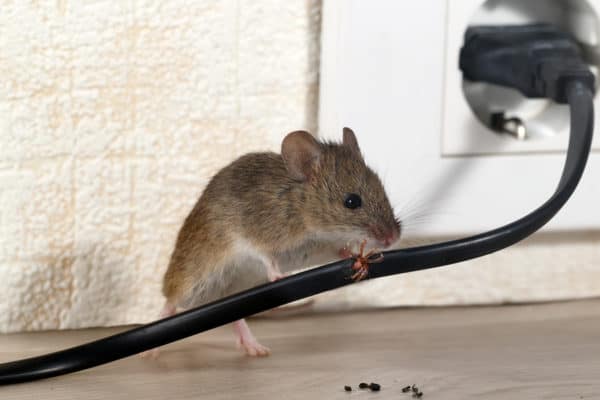
Spring makes its own statement loud and clear; the torrential downpours are soon to be here! With rain on the horizon and “social distancing” in full-force, everyone will be spending more time indoors… even pests! The last thing you want to deal with when you’re already stuck inside your home is an unwanted rodent.
There are three main species of rodent that are prevalent in homes, all of which thrive because of their ability to adapt to human environments. These are the house mouse, the Norway rat (also known as the common rat and the brown rat), and the roof rat (also known as the black rat or the ship rat). At first glance there are some commonalities between all rodent species. They all have a pair of incisor teeth in their upper jaw, short legs, long tails, and they all can cause significant damage to both your home and your health. If you look closer, however, you can see several distinguishing features in mice vs rats to help identify which pest you have.
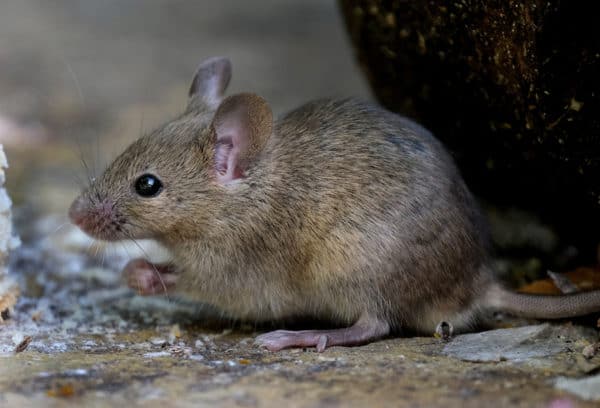
The house mouse is small in size, only about 4 to 6 inches long. In fact, they are often confused with young rats. They are usually light grey, brown, or white in color with lighter shading on their bellies. Mice have large floppy ears and smaller feet and heads than rats. They have triangular snouts with long whiskers. Their tail is proportionally longer than their head and body length.
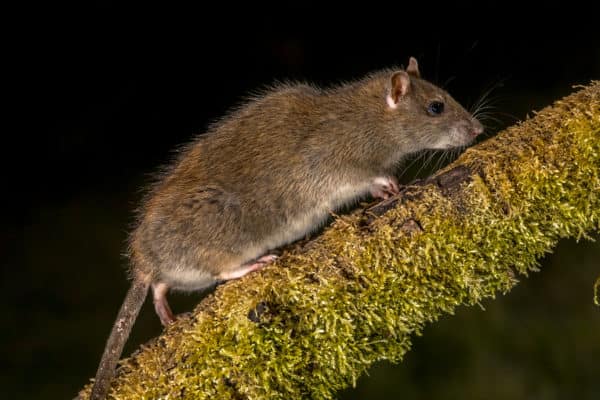
Norway rats are the biggest of the three species at about 10 inches long. They have thicker bodies with fur that is usually brown with black shading and shaggy in appearance. They have a paler color underneath their tails. Their tail is shorter than the length of their body and head and is usually hairless and scaly. They have small hairy ears and blunt noses.
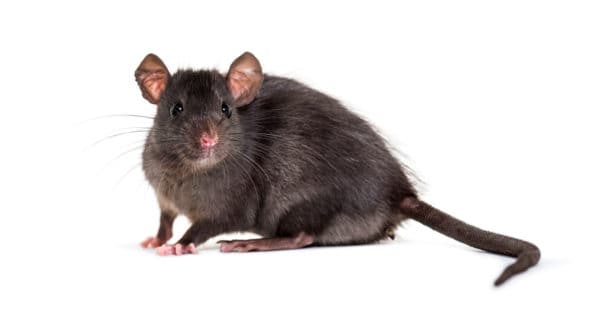
The roof rat is usually about 8 inches long with slender bodies. They have gray fur with black shading and smooth coats. They have dark tails that are usually hairless and scaly. Their tail is longer than their head and body, similar to a mouse. They have large, thin, hairless ears and pointed noses.
The house mouse prefers cereal but will eat almost anything. They kibble their grain when eating it, meaning they remove the outer husk and eat the grain that is inside. They tend to seek out food in the same places which makes baiting them easier. They don’t need to drink water but will consume about 3 mL if it is available.
Norway rats also prefer cereals but will eat what is available. They cut their grains when eating, giving them the appearance of being chopped. These rats also tend to seek food in the same places making them easier to bait, as well. They drink about 60 mL of water a day.
Roof rats prefer most fruit but will eat other foods, as well. They also cut their grain when eating it, making it look like it has been chopped. They don’t usually eat in the same location on consecutive nights making them much harder to trap. They drink about 30 mL of water per day.
House mice usually live on the ground and nest in burrows. They are quite agile and great climbers. They have smaller footprints than rats do. The grease from their bodies can combine with dirt and urine and build up pillars, a telltale sign of their presence. They will often build their nests in hidden areas near food sources out of any soft material or shredded paper they can find.
Norway rats live on the ground and in burrows. They are usually spotted throughout buildings and in sewer systems. Their burrowing can cause extensive damage to sewers. They tend to walk on the pads of their feet and leave continuous smudges on their walking paths from their oily fur.
Roof rats are mainly restricted to buildings and structures around ports and on ships in temperate climates. They are quite agile and very good climbers. They tend to nest up high under roofs (hence their name) and in warmer countries will even nest in trees. They tend to walk on their toes and surfaces they travel on will show scattered smudges.
The newborns of every rodent species are born blind, hairless and completely dependent on the mother for feeding and protection.
House mice typically have litters of 4-16 babies. They can have 7 to 8 litters per year. The reach maturity in about 8 to 12 weeks.
Norway rats typically have litters of 7 to 8 babies. They can have 3 to 6 litters per year. They reach maturity in about 10 to 12 weeks.
Roof rats typically have litters of 5 to 10 babies. They can have 3 to 6 litters per year. They reach maturity in about 7 to 8 weeks.
House mice are nocturnal creatures. They are social and territorial and tend to be bolder than rats. They are curious and will explore new things, making them easier to trap. They are skillful climbers and will fit into small holes to access areas of your home you wouldn’t expect. They are weaker than rats and are usually afraid of them as they will kill them. House mice have a musky odor and are color blind.
Norway rats are also nocturnal. They are typically fearful and cautious about new things. They don’t explore like mice do. They can climb but prefer to inhabit the lower levels of structures. They are stronger than mice and have been known to gnaw through building materials. They have poor eyesight. Norway rats don’t get along with roof rats and they will often fight to the death.
Roof rats are nocturnal. They are skilled climbers and prefer higher levels of structures. They have stronger teeth than mice and can gnaw through building materials. They have poor eyesight. they don’t get along with Norway rats and will often fight them to the death.
House mice droppings are approximately 3 to 8 mm in length. They are often found scattered randomly. They are granular in shape and black in color. They can be found near their nesting areas.
Norway rat droppings are dark brown in color. They are tapered, spindle shaped droppings that resemble large grains of rice.
Roof rat droppings are long and thin and smaller in size than those of the Norway rat. They are more regular in form with a banana-like curve and pointed ends.
Whether you have mice or rats, rodent feces can cause significant health risks for you and your family. Some common diseases caused by rodent droppings include Hantavirus, bubonic plague, salmonellosis, rat bite fever, and leptospirosis. Rodents are also known chewers and can cause damage to the structure of your home and put you at risk for fires by chewing through wires and cables.
If you suspect you have a rodent problem, contact a licensed pest control company who can help identify whether you have a mouse or a rat, apply safe rodent removal techniques, and make sure you have a comprehensive rodent control and prevention plan going forward.
4 Ways To Keep Snakes Out of Your Yard
Getting Ready for Spring Lawn Care
What You Should Know About Termites This Spring
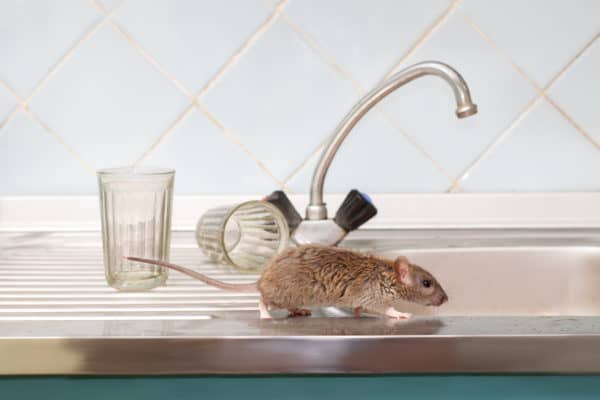
Signs of a rodent infestation are pretty easy to spot – droppings in the house, chew marks, gnawed wood, and scratching and squealing sounds at night are all pretty good indicators of a rodent problem. Before deciding on a course of treatment, however, the first step is determining which type of rodent you have. So how do you know if you have a rat or a mouse?
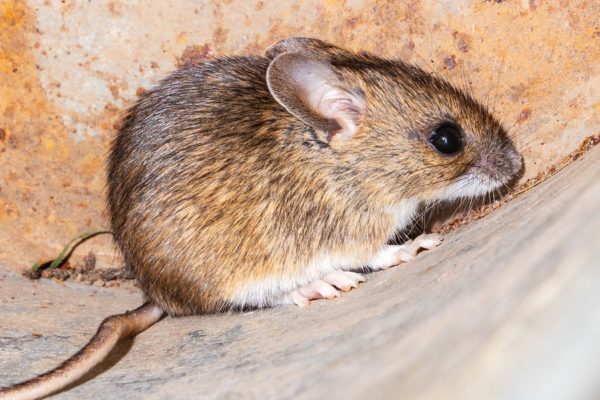
Mice are small rodents, usually about 2 to 4″ in length, with thin, long, slightly hairy tails. They have triangular shaped noses with long whiskers and large floppy ears. Mice can be brown, gray, or white in color. Mice droppings are small and smooth with pointed ends, usually about 1/8 to 1/4″ in length. They leave anywhere from 40 to 100 droppings per day. Mice prefer cereal grains or plants but will eat almost anything. They are nocturnal and tend to be bolder than rats. They are curious and will explore new things, making them easier to trap. They are skillful climbers and their small size allows them to access more areas of your home.
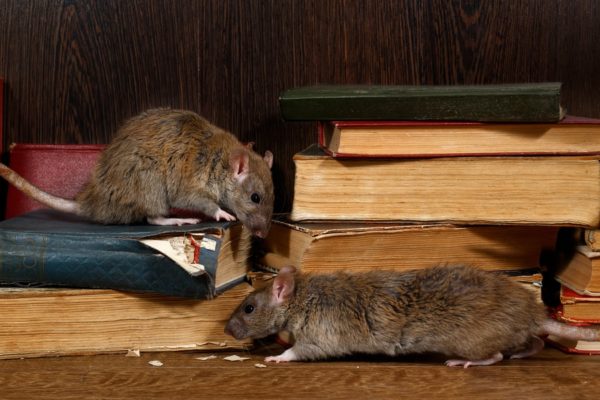
Norway rats are larger rodents, usually weighing about 11 ounces and measuring 7 to 9 inches in length. They have heavy, thick bodies that are brown in color with black shading and shaggy coats. Norway rats have blunt, rounded noses and short ears. Their tails are thick, hairless, and scaly and are dark colored on top and pale underneath. Norway rat droppings are brown and blunt on both ends and they leave anywhere from 20 to 50 droppings per day. They prefer fresh grains and meat but will eat just about anything. These rats typically live in burrows and prefer lower levels of homes and buildings. Norway rats are nocturnal and are more fearful and cautious than mice, making them more difficult to trap. They can climb but prefer to stay closer to the ground.
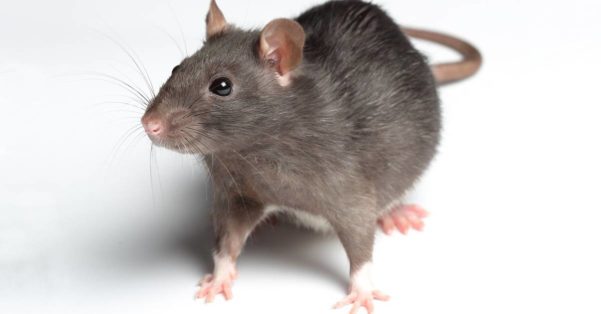
Roof rats are smaller than Norway rats, weighing about 7 ounces. They have light, slender bodies that are gray in color with smooth coats. They have thick, hairless, scaly tails that are dark in color. Roof rats have pointed snouts with large ears. Roof rat droppings are dark with both ends pointed. They will also eat just about anything but prefer fresh grains and meat. They are nocturnal and timid in nature. Because of this, they can be difficult to trap. They are excellent climbers and are more often found nesting in walls, attics, and trees.
Regardless of whether you have mice, Norway rats, or roof rats, all of these rodent species can cause damage to your home and property by chewing through wires, pipes, insulation, and drywall. They can also cause damage to furniture and carpets. All rodents can contaminate food and countertops. Serious diseases caused by rat droppings and mouse droppings include Hantavirus, salmonellosis, and more. They all reproduce quickly and a minor problem can become a major infestation in no time.
Keeping these pests out of your home is critical to helping protect the safety of both your family and your property. Here are some rodent control tips you can implement in and around your home:
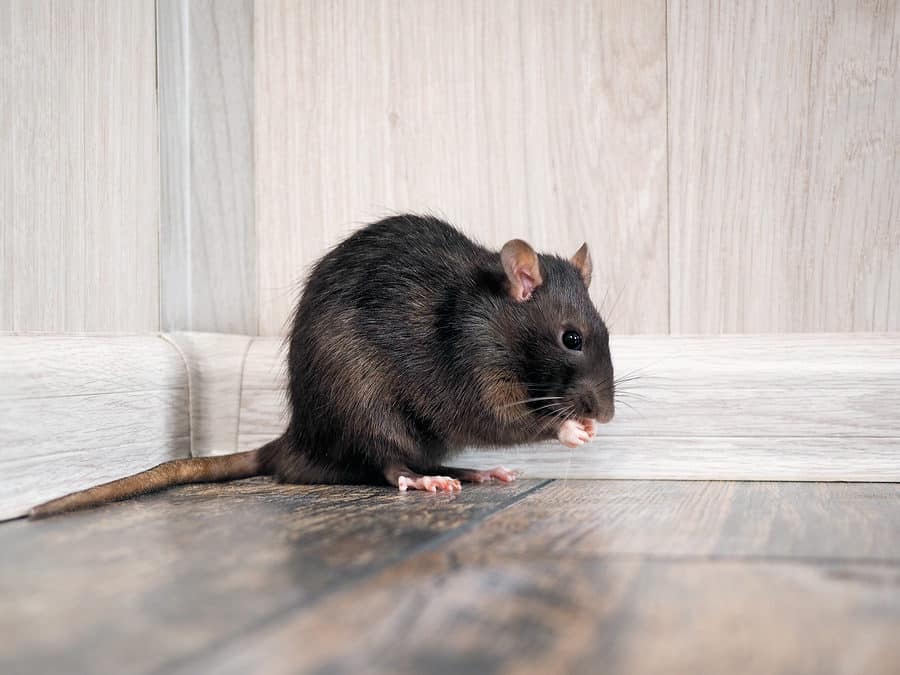
FACT. Rats are one of the most common pest issues homeowners face. Rats are known for being destructive by gnawing on structures in and around your home including utility pipes, wood structures, and wiring. In addition to the structural damage rats can cause, it is also possible for rats to pose serious health risks to humans. Diseases caused by rats can be transmitted through bites or scratches. Rat feces illness can be transmitted to humans through rat droppings and urine left around your home. Humans can also get sick through contaminated food caused by rats running across countertops where food is later prepared.
Just how sick can rats make you? Here are some common rat-borne diseases found in the United States.
Hantavirus pulmonary syndrome is a viral illness spread by deer mice, cotton rats, rice rats, and white-footed mice. HPS is spread by direct contact with rodents or their urine and feces, by breathing in dust contaminated with urine or droppings, or by bite wounds. Symptoms in the first phase of the virus include fatigue, fever, muscle aches, headache, dizziness, chills, nausea, vomiting, and abdominal pain. The symptoms then progress to coughing and shortness of breath. HPS is a severe and sometimes fatal respiratory disease with a 38% mortality rate. There is no specific treatment, cure, or vaccine for hantavirus infection.
Leptospirosis is a bacterial disease spread by rodents worldwide by either eating or drinking food and water contaminated with urine or contact through the skin or mucous membranes with water or soil that is contaminated with urine. Without treatment, leptospirosis can lead to kidney damage, meningitis (inflammation of the membrane around the brain and spinal cord), liver failure, respiratory distress, and even death. Common symptoms include fever, chills, headache, muscle aches, abdominal pain, vomiting, jaundice, diarrhea, and rash. The symptoms are often mistaken for other illnesses. If not treated, the second phase of symptoms includes kidney or liver failure or meningitis. The disease lasts between 1 and 3 weeks. Leptospirosis is treated with antibiotics.
Rat-bite fever is a bacterial illness spread by rats and possibly mice. The disease occurs worldwide and is spread through bites or scratches from an infected rodent, contact with a dead rodent, or eating or drinking food and water that is contaminated by rat feces. If not treated, RBF can be a serious or even fatal disease. RBF is not spread from one person to another. The early symptoms of RBF can be similar to the symptoms of other medical conditions. Common symptoms include fever, headache, muscle pain, headaches, vomiting, joint pain, and rash. If the illness progresses, more severe complication can arise such as abscesses, hepatitis, kidney infections, pneumonia, meningitis, or infections in the heart. RBF is treated with antibiotics.
Salmonellosis is a bacterial disease found worldwide that is spread by rats and mice. Salmonellosis is spread through eating or drinking food and water that is contaminated by rat feces. Salmonellosis is an infection caused by the Salmonella bacteria. Although commonly spread when a person eats contaminated food, the bacteria also can be passed between people and animals. Common symptoms include diarrhea, vomiting, fever, and abdominal cramps. Salmonella infections in people usually resolve within 5-7 days, and most do not require treatment other than drinking plenty of fluids. People with severe diarrhea may need to spend time in a hospital getting rehydrated with intravenous fluids.
Rat-borne diseases can cause serious and sometimes fatal illnesses in humans. The best way to avoid these diseases is to prevent rats from infesting your home in the first place. Here are some common home rat prevention tips:
Request a Free Wildlife Control Estimate
The Dos and Donts of Bird Nest Removal
When Should You Be Concerned About A Spider Bite?

While we most often think of wildlife being a problem in the winter months, these animals don’t just disappear when the weather gets warm. Wildlife can still be quite active in the summer, wreaking havoc on our homes and gardens. Whatever the time of year, preventing and controlling these nuisance pests is of the utmost importance, as they not only cause damage to homes and property, but can also pose significant health risks to both humans and pets. Wildlife prevention (also known as wildlife exclusion) is the first line of control against critters; however, once they have established themselves in or around your home, wildlife removal becomes a more necessary option. Let’s look at some common summer wildlife, as well as ways to exclude them from your home.
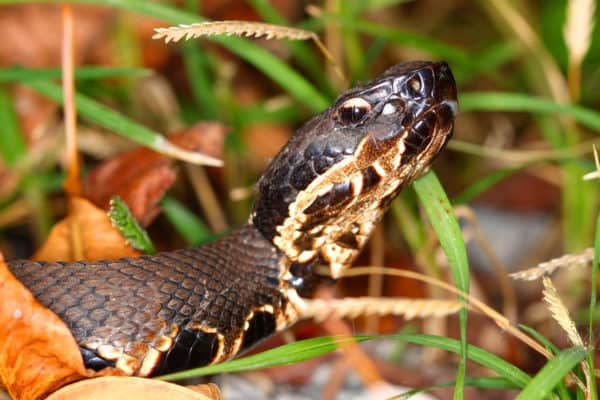
Snakes are cold-blooded animals that require heat and sunlight for energy. They are more active in the summer months because they require more energy for mating. Too much exposure can overheat them so snakes are typically more active in the early morning and late evenings or at night in the summertime. They will also seek out shelter during the hottest parts of the day in cool, dark places like underneath rocks and decks or in basements. Snakes will choose where they live based on the availability of food, shelter, and shade.
To prevent snakes this summer:
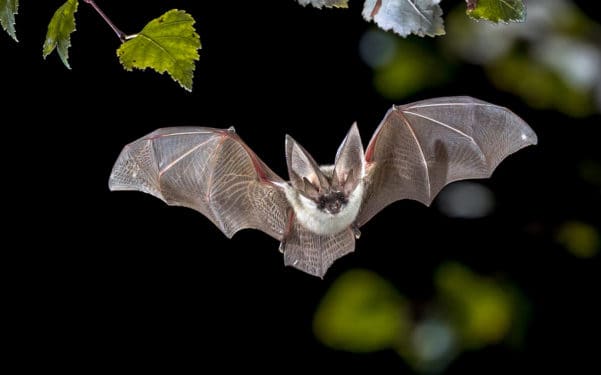
While bats are scary to many people, they are actually quite beneficial at keeping insect populations down. In the southern United States, many bat species are active year-round. Bats enter homes through openings. They can cause damage in homes by ruining insulation, causing structural damage when their urine soaks through to sheet rock or particle board, and their urine and feces causing health concerns for occupants of the home. Bats also carry serious diseases such as rabies, with 1 to 3 cases of bat transmitted rabies occurring each year. Bats are nocturnal and emerge at dusk in search of food. Female bats search for summer roosts where they stay until they have their young. For this reason, unless there is a threat to public health, eviction or exclusion of bats should not take place between April and August. Colonies will disband in late summer as bats leave for their winter roosts.
To prevent bats in the summer:
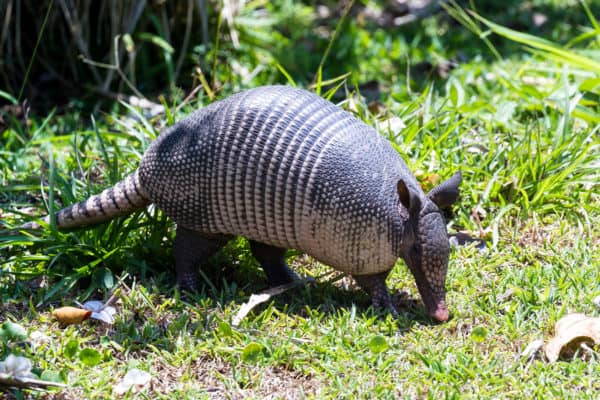
Armadillos mate in the fall, with their young born in the spring, making them very active in the summer months. They prefer habitats near streams or other water sources with sandy or clay soil. They are often found in forests, woodlands, prairies, salt marshes, coastal dunes, pastures, cemeteries, parks, golf courses, and crop lands. They love to nest in rock piles, around trees and shrubs, and under rock slabs. Armadillos dig burrows that can be up to 25 feet long, which can significantly damage tree roots. These burrows can also cause flooding if they are dug around crawlspaces, patios, or walkways. Armadillos have poorly developed teeth and limited mobility. they have poor eyesight but a keen sense of smell. They have very few natural predators. They are strong diggers which they rely on to find shelter and food and causing most of the damage around your home and property. Armadillos will eat fruit (especially from gardens and compost piles), grubs, worms, beetles, wasps, ants, millipedes, centipedes, and snails.
To prevent armadillos in the summer:

Opossum females are laden with their young in the summer months, making them more active in their search for food. Opossums are found throughout the United States. They live in trees and will stay in them as much as possible. They also prefer wet areas like marshes and swamps. Opossums are nocturnal and will forage for food at night. They are beneficial in they eat harmful and unwanted pests around your home. They prefer to eat snails, slugs, spiders, cockroaches, rats, mice and snakes. They will also eat nuts, grass, fruit, roadkill, and garbage. They are rarely aggressive and will play dead when they feel threatened.
To prevent opossums this summer:
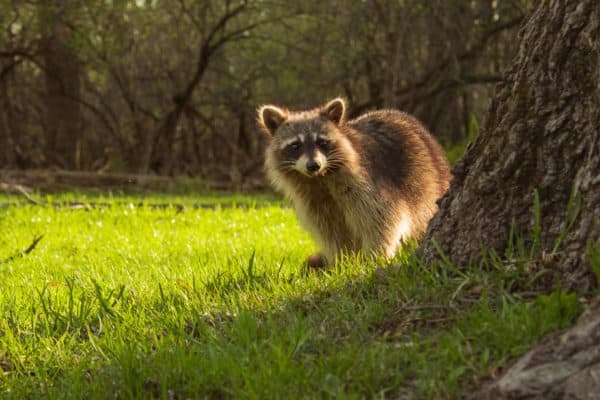
Raccoons are highly intelligent and curious animals. They typically give birth to their young in April and May, making them very active in the summer months. They are found throughout the United States. They prefer to live in heavily wooded areas with access to trees, water, and vegetation. They are extremely adaptable, however, and will make their homes in attics, sewers, barns, and sheds. They are dexterous, capable of opening doors, jars, bottles, and latches. They are known to carry several bacterial diseases. Raccoons are nocturnal animals, searching for food at night. They will eat almost anything including birds, eggs, fish, shellfish, frogs, fruit, insects, nuts, seeds, and even snakes. They are known to destroy gardens, tip over garbage cans, and cause structural damage in their quest for food.
To prevent raccoons this summer:
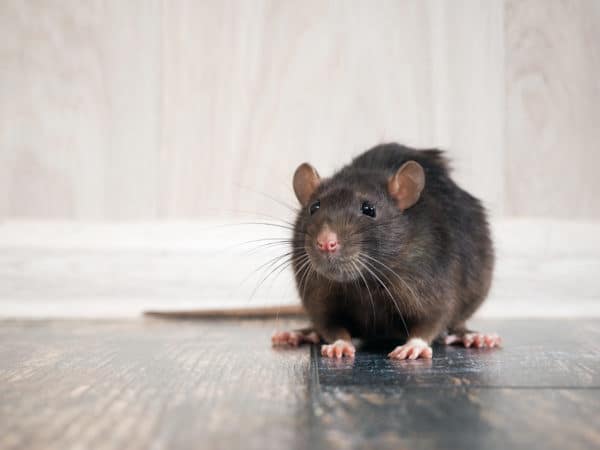
Rats are active year-round. The summer provides them with ample sources of food making them very active. They are also busy making burrows and storing food in preparation for the winter. Rats can reproduce very quickly so control and elimination can be extremely difficult. They are excellent climbers and are well adapted to living in human environments. Rats can contaminate food, cause fire hazards by chewing through wires, and their urine and feces can cause serious health concerns.
To prevent rats this summer:
Prevention is always a good first step at keeping wildlife away. Once you have a wildlife issue, however, prevention usually needs to shift to removal and exclusion. Consider contacting a professional wildlife control company who can assess your wildlife issue and provide you with the safest and most appropriate treatment and prevention options.
How Long Does A Mosquito Treatment Last?
Summer’s HOT Temperatures Damage Your Lawn?
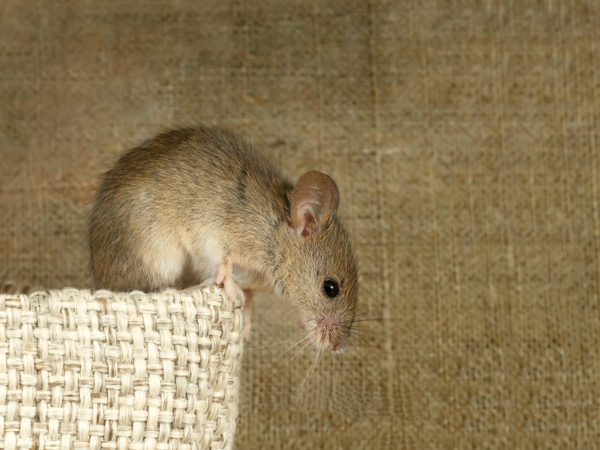
Rodents are one of the most common pests that come into our homes in the winter. Rodents are in search of 3 things – food, water, and shelter – and they can find all 3 of them in and around our homes. Squirrels, raccoons, rats, and mice are some of the most frequently seen rodents in the colder months. Rodents can cause significant damage to property and can also be a big health risk to humans. Prevention is critical in managing and preventing an infestation of rodents. Check out these tips to keep the rodents out this winter: